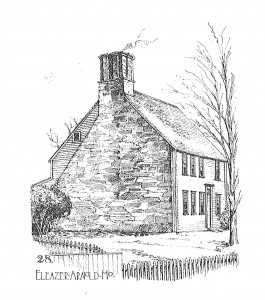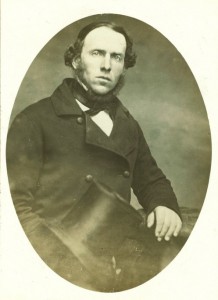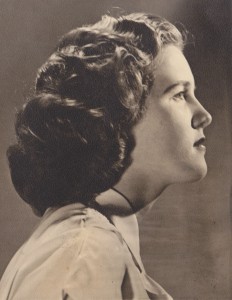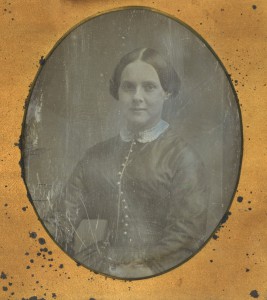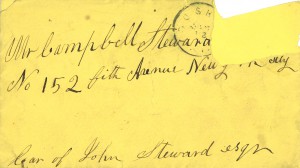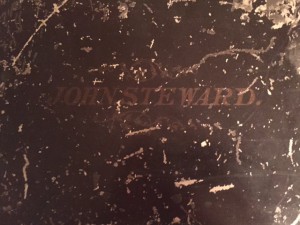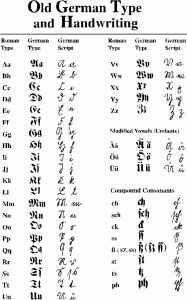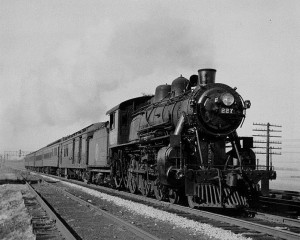
In one of my recent cases, I was searching for a woman who had been living in New York in the 1860s, and then removed to Charleston, South Carolina, with her husband and children. After several years in Charleston, she died in 1872. Her death certificate could not be found in Charleston. However, the client provided a document from the record collection “New York, Department of Health, Manhattan Bodies in Transit, Vols. 5-10 (1870-1886),” located at the New York City Municipal Archives and available on microfilm from the Family History Library.[i]

